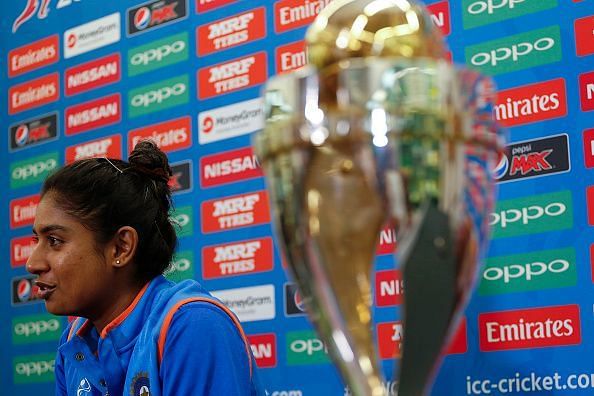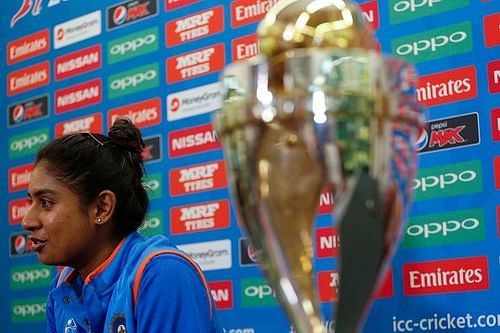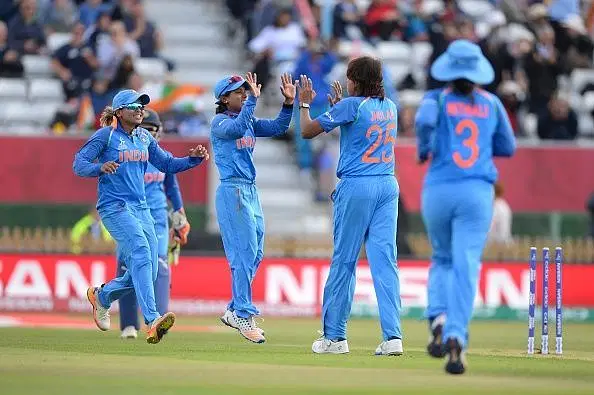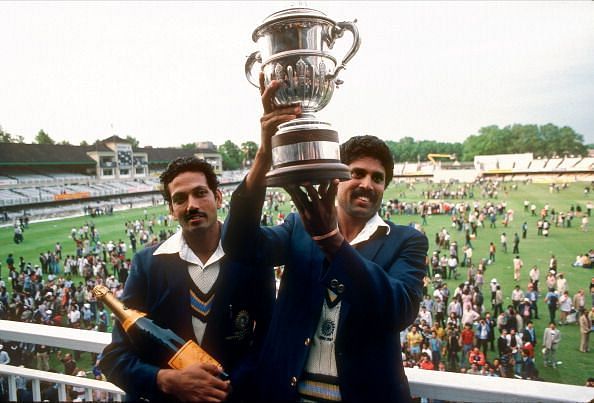
It’s time for their tryst with destiny

It took a limping Indian girl from Punjab to take the best bowlers in women's cricket to the cleaners and score 171* for a ‘Cricket mad’ nation to take note of the ‘other Team India’. Yes, the ‘other Team India’, the one that doesn't sign multi-million dollar endorsement contracts. The ‘other Team India’ that doesn't invite billions of dollars in satellite rights, the one that plays on inferior grounds. The Indian Women’s Cricket team.
Cricket is by default a patriarchal game. A gentleMEN’s game where batsMEN dominate on most days. For a game so dominated by men to have any place and/or regard for women was for long deemed highly unfeasible. And yet, women’s cricket has been around for quite some time now. Yes, the first women’s international game was played way back in December of 1934 between Australia and England. That it has taken so much time for women’s cricket to gain recognition which has now started to slowly translate into viewership isn't a tough nut to crack.
The cricket that masses watch has been as much about cricketing skills as it has been about power and muscle. Over time, power has ironically gained the upper hand. The game sees muscular batsMEN pummel the ball to all parts of the ground with such ease. Chris Gayle, Yuvraj Singh, Kieron Pollard, MS Dhoni, Brendon McCullum, Virat Kohli et al are prime examples of power+skill at its absolute best. The women’s game is relatively inferior in the power department, for obvious biological reasons. With the advent of T20 cricket and crowds pouring in to watch bats made of half-a-tree worth of willow hit the ball high and long, this gulf only widened.

But when Harmanpreet Kaur started hitting the ball like she did on Thursday against Australia, it seemed like she wanted the world to stand up and take note. Take note of how cricket was still as much about skill. How batting was still as much about skill and placement. And how more than anything else, this sport, like every other, was about passion. The passion that pushes a young girl bogged by cramps to still come back for that crucial second run.
The state of Women’s cricket in India was, until quite recently, deplorable to say the least. While the men’s team were a bunch of celebrities rolling in boatloads of cash, the Women’s team which made it to the Final of the Women’s World Cup in 2005 were a bunch of women who, well, played the game too. They went down against Australia in that Final but you will never find a clip of that game or any game that World Cup because the tournament wasn’t televised.
Extra cover: Indian cricket's no.1 support group will be present at Lord's for the WWC final
The 2013 edition was a disaster for this women’s team as they failed to make it to the Super-Sixes stage of the tournament. They had to then play World Cup Qualifiers to qualify for this Women’s World Cup in England. An elated Kaur in her post-match interaction said that the team wasn’t too optimistic and deemed a semi-final place as their goal when they started off. To beat the tournament favourites and defending champions in a semi-final was not a part of the initial plan.
It has been that kind of a tournament for the Indian team thus far. They’ve been thumped by Australia and South Africa in the group stages only for them to come back and dominate against New Zealand and the same Australian team. But today, it’ll be different. A World Cup Final at the hallowed Lord’s against the hosts England (who are on a roll too). For these girls who were written off before this tournament started, it just doesn't get bigger than this.
In a recent media interaction, Indian Women’s Team captain, Mithali Raj said that during her debut series in ’99 she came to the Lord’s and clicked pictures. She said she never thought she would lead her team on the same ground in a World Cup Final one day. Gee, the beauty of sport!

34 years ago, an Indian team, which was written off before the World Cup started, played a Final at the same ground. 34 years ago, a group of spirited young Indians were batting, bowling, fielding for way more than just the silverware or the cash prize. 34 years on, another group of young players will take the field in a World Cup Final.
And they must bat, bowl and field for way more than the prize on offer. They must play for every time they were asked about their favourite male cricketer. They must play for every woman who wants to play the sport in India. They must play for all the attention their sport deserves, the women sports deserves. They must play to better 1983, they must play to assure young girls in the hinterlands of India of a tomorrow that’s brighter for them. They must, today, play for their fair share.
And while they create history, let us all tell them we’re here, right by their side, rooting for them.